Fashion is a reflection of society, always echoing the social, cultural, and political changes of the world. The last few decades have witnessed a significant change: the convergence of streetwear and high fashion. Something that initially started as a subculture in cities has come to global prominence, taking over the runways and altering the definition of luxury fashion altogether. Driving this revolution? The youth.
From the streets of Los Angeles skateparks to the neon-lit streets of Tokyo, global youth cultures are rewriting the rules of what it means to be fashionable. With their test-and-learn attitude towards fashion, desire to express themselves, and capacity to combine authenticity and creativity, youth are guiding the fashion world to new and unprecedented places. But how did streetwear that was once a specialty market end up in the center of high fashion?
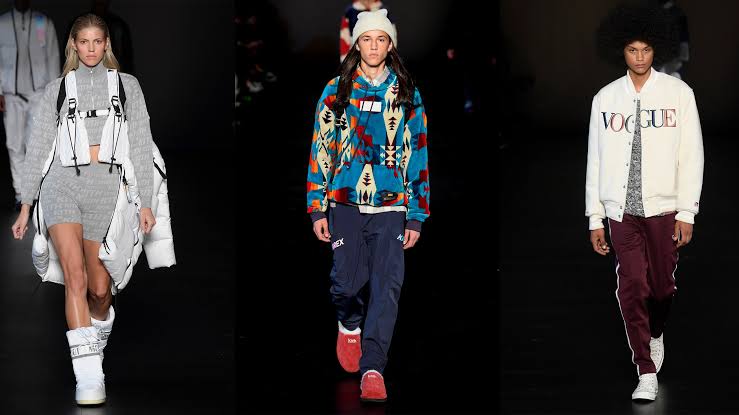
Photo credit: GQ
The Rise of Street Culture
Youth subcultures, particularly those in urban areas, have had a huge impact on fashion. During the early ’80s and ’90s, trends such as hip-hop, skateboarding, and punk rock originated in urban areas. The subcultures with their raw energy and boundary-stretching philosophies started expressing themselves through apparel as a means of rebellion and resistance. It wasn’t about the trend; it was about the creation of something new something that represented their ways of living, attitudes, and music.
Flash forward to the 2000s, and we have the intersection of street culture and high fashion. No longer relegated to the periphery, pieces such as oversized hoodies, baggy jeans, graphic t-shirts, and sneakers made their way into luxury collections. Virgil Abloh, Raf Simons, and Demna Gvasalia were some of the designers who erased the boundaries between high fashion and street, bringing about runway shows that were more like block parties than the usual fashion spectacle.
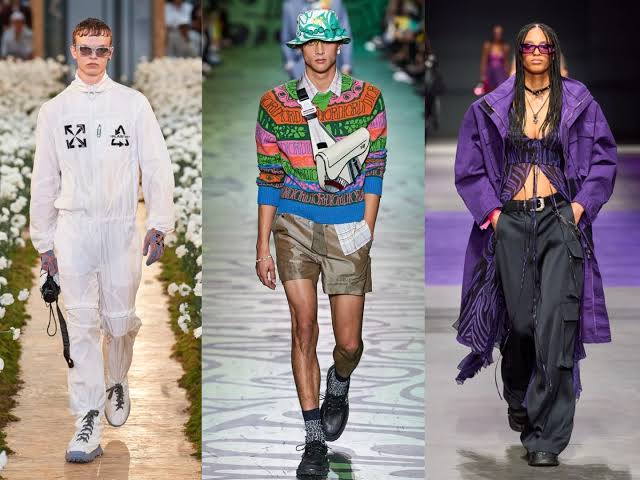
Photo credit: GoFynd
The Power of Social Media and Digital Influence
The evolution of street fashion from the backstreets to the runway would not have been possible without social media. Instagram, TikTok, and Snapchat have provided youth with an avenue where they can promote their own styles to the world, enabling trends to spread easily and reach the remotest part of the world.
Social media influencers, frequently mere ordinary teens and young adults, have had a tremendous influence on what is cool and what is not. The phenomenon of “influencers” lies close to the heart of the democratization of fashion. No longer is it necessary to possess a fashion degree or be a member of an exclusive design house in order to make a mark on the industry your street style and power to engage followers can be enough to catch the attention of major designers and brands.
This shift has also brought about the increasing significance of “collaborations.” Collaborations between high-fashion houses and streetwear icons such as Supreme x Louis Vuitton, Off-White x Nike, and Balenciaga x Crocs have leveled the playing field and brought high fashion to the masses, as well as brought streetwear into finer and more refined realms. Youth culture is now not only a consumer of trends but an architect of fashion itself.
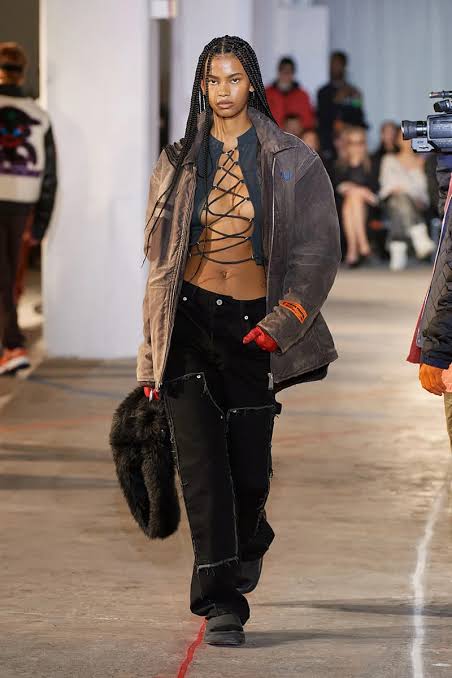
Photo credit: Hypebae
The Intersection of Fashion, Music, and Youth Culture
Likely no industry has had a greater impact on today’s youth-led fashion than that of music. From the punk rockers’ image of rebellion to hip-hop stars’ athleisure trend, musicians have been the ultimate trendsetters for decades. But in the 2020s, the intersection of fashion and music has never been more pronounced.
Celebrities such as Travis Scott, A$AP Rocky, and Billie Eilish have been identified as iconic fashion icons, using their platforms to experiment. Eilish, through her oversized, gender-neutral dressing style, is a clear indication of how youth culture is embracing comfort, self-expression, and rejection of conventional standards of beauty. Her fashion has transcended music to become a global cultural phenomenon.
The combined power of fashion and music is particularly strong with the popularity of K-pop and international pop culture. K-pop groups such as BTS and Blackpink don’t merely have top-charting singles but entire fashion collections and collaborations. K-pop idols are frequently seen wearing a mix of streetwear, high-end brands, and vintage clothing, reflecting a global look that speaks to an international, diverse consumer base.
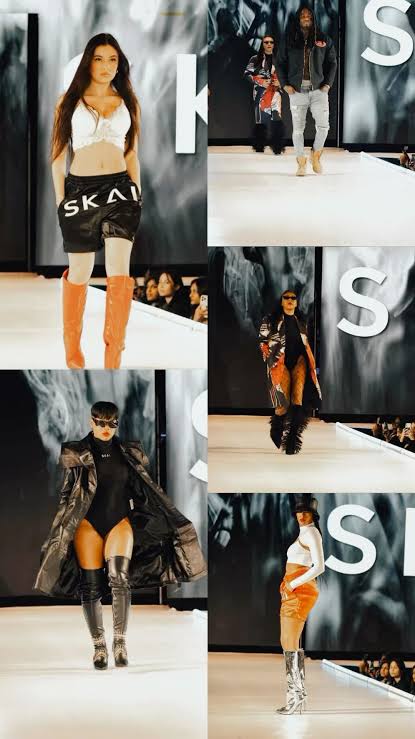
Photo credit: Instagram
Sustainability, Ethics, and the Youth Movement
Young people’s culture today is heavily embedded in social consciousness, activism, and a sense of change. With sustainability and ethical fashion emerging as key issues in international dialogue, young people are expecting more from the brands they buy from. Young people today are not simply seeking fashionable apparel they are seeking transparency, eco-friendliness, and ethics.
These brands are extremely popular among young consumers as they have stayed true to the use of sustainable materials and responsible production practices. Second-hand shopping, thrifting, and upcycling are also mainstream fashion topics today, thanks to websites such as Depop and Poshmark. Today’s “cool” isn’t so much about being exclusive and high-end; it’s about having fashion choices that one can feel good about in relation to one’s values and being a good global citizen.
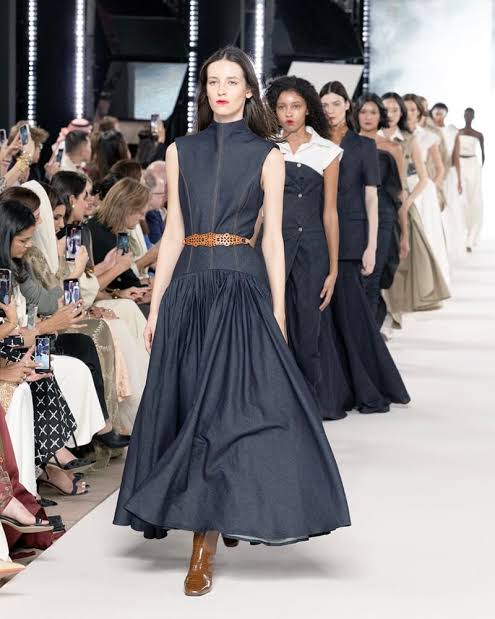
Photo credit: The Arab Today
Globalization and Cross-Cultural Exchange
Perhaps one of the most thrilling developments in today’s fashion world is the way the internet has made the world more integrated. Youth cultures in different continents are sharing ideas with each other in ways that were previously unimaginable. Fashion styles in Seoul dictate fashion in New York, which, in turn, affects Paris and Milan.
Designers and fashion brands are looking beyond Western-influenced inspiration to take inspiration from global cultures. Street fashion in urban areas such as Lagos, Mexico City, and São Paulo is proving to be just as influential as the fashion emerging from London, Paris, and Milan. Youth are adopting global styles and hybrid styles that combine traditional clothing with contemporary influences, developing something new and interesting.

Photo credit: Rediff
The Future: What’s Next for Streetwear and Youth Fashion?
In the future, the growth of streetwear and youth culture in fashion will increasingly be influenced by technological development. Virtual fashion events, NFTs (Non-Fungible Tokens), and augmented clothes will probably go even more mainstream. Virtual reality (VR) and augmented reality (AR) will possibly provide more engaging shopping experiences, enabling customers to engage with brands and clothing from home.
Also, as youth culture continues to expand into various different identities and ways of expressing the self, so too will fashion become even more inclusive. Gender-neutral lines and clothing that practices body positivity is just the start. The fashion future is a place where personality is embraced, and the ideal is no longer about conforming to a specific mold, but shattering it altogether.
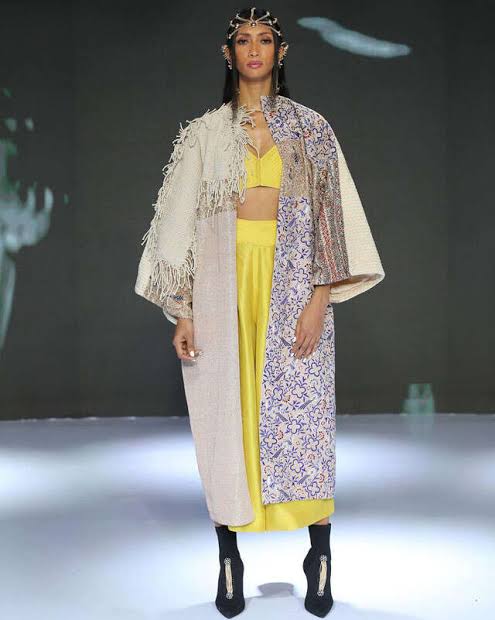
Photo credit: Femina
FREQUENTLY ASKED QUESTIONS (FAQs)
1. How did streetwear become a component of high fashion?
Streetwear’s crossover to high fashion was driven by its raw authenticity and cultural relevance. Fashion designers started incorporating streetwear-inspired trends in their lines, and leading personalities such as Kanye West and Virgil Abloh facilitated the integration between high-end labels and street culture. With the high-low fashion divide becoming increasingly irrelevant, streetwear became a representation of dissent and self-expression that appealed to young people.
2. Why is youth culture so influential in fashion?
Youth culture is at the core of fashion since young people are inherently more experimental and open to deviating from tradition. Social media sites have provided youth with a voice, and new trends can travel faster and around the world more easily. They also call out brands on matters such as sustainability, inclusivity, and authenticity.
3. How does music influence fashion trends?
Music, particularly styles such as hip-hop, rock, and K-pop, has been a long-time fashion influence. Musicians utilize their platform to show their personal style through their clothing, and fans tend to emulate the styles they observe their favorite artists wearing. Joint efforts between artists and fashion designers have produced some of the decade’s most enduring looks.
4. How are youth cultures shaping sustainability in fashion?
Younger people are extremely interested in environmental and social causes. Many of them are opting to support companies that focus on sustainable practices, ethical working conditions, and green materials. Thrift shopping and upcycling are on the rise as part of a larger movement towards more sustainable fashion consumption.
5. What’s next for streetwear and youth culture in fashion?
The future of streetwear and youth culture in fashion will probably include more technology incorporation, including virtual fashion, NFTs, and AR/VR shopping experiences. Inclusivity will also remain a propelling force, with fashion serving as a platform for individuals of all identities and backgrounds to make themselves heard.

Photo credit: News18
With the world’s youth cultures shaping fashion’s future at an ever-greater pace, one thing remains clear: the streets will always be a source of endless inspiration. From art to politics to music, youth cultures are reshaping the fashion rulebook and making the fashion industry an open, diverse, and constantly shifting entity. And with the help of digital media, their sway has no indications of slowing.
Blogger: Raja Bahar Khan Soomro
You can also read the following suggested blogs just by clicking over them.
1. Role of Fashion in Global Movements: How Clothing Reflects Social Change
2. Global Trends to Watch: How Regional Styles are Influencing the International Runways
3. Sheer and Layered: The Art of Styling Transparent Fabrics for Spring Fashion Trends
Recommended1 recommendationPublished in apparel, celebrity fashion, Our Fashion Passion, Petite, Plus Size, Pop Fashion, Skin Care, street style, Uncategorized








